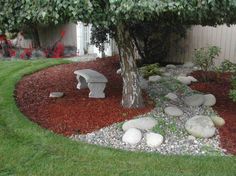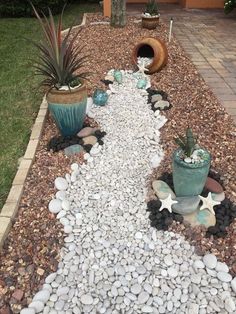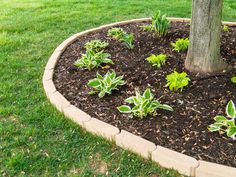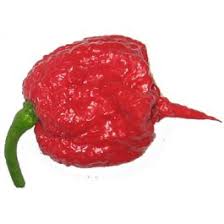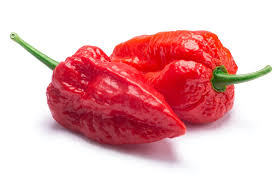Remember the old green chalkboards in schools? What is I told you that chalkboard design is a trend? You can buy chalkboard paint either the spray type or regular paint to paint entire walls. It goes on black which is the trending color and gradually fades to a slate color looking like stone.

Now you can customize your wall to your own desire. You can write or draw on it, use it for a background and put empty picture frames on it with sayings. Create an ever-changing style.

To write or design the area, use stencils, and fill in the lines. You can download the stencils and lettering off the internet.

You can make chalkboards from painting blank picture frames, mirrors, large plates, clay flowerpots, old windows, etc. From there, go with your imagination!


